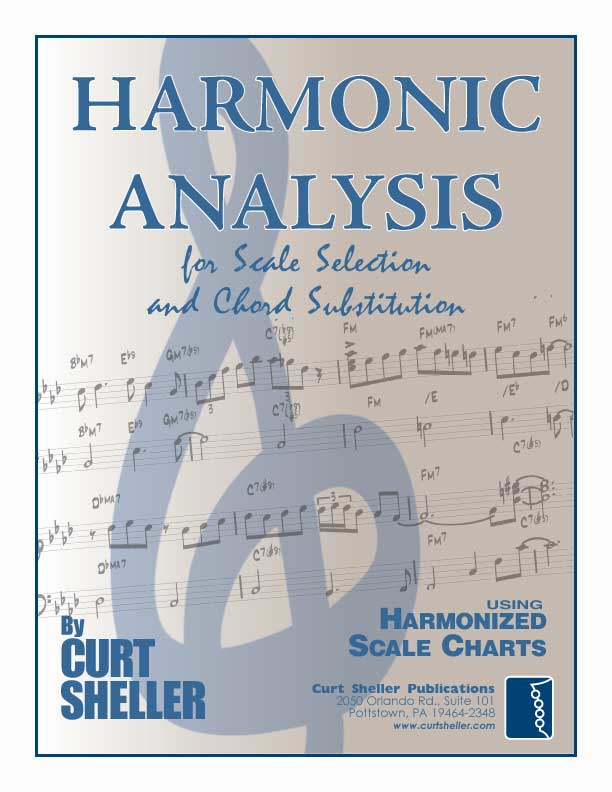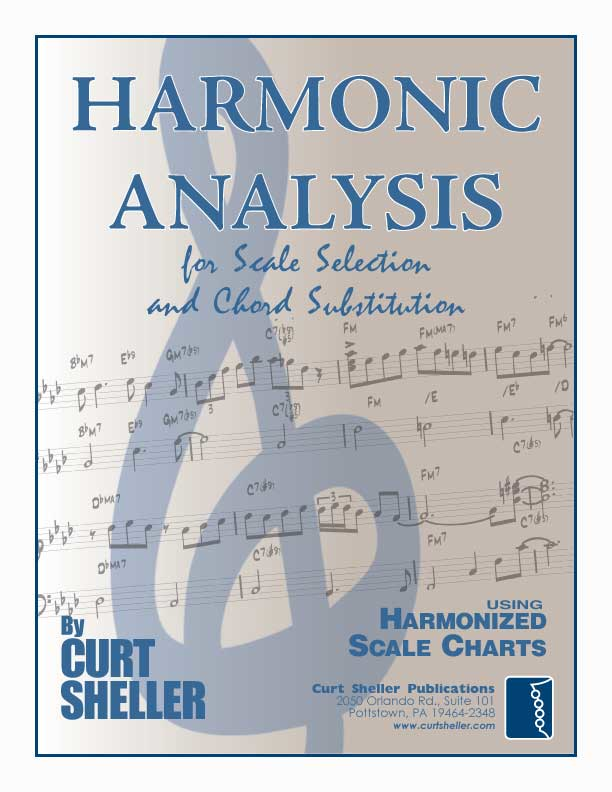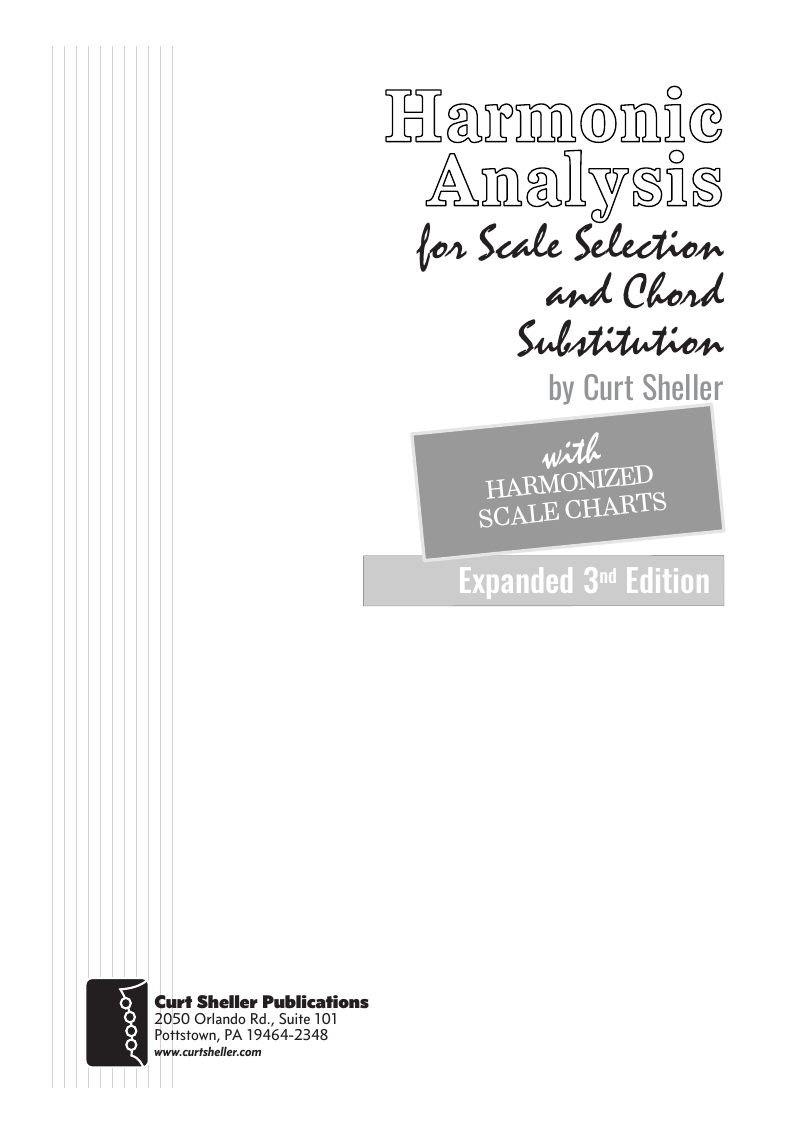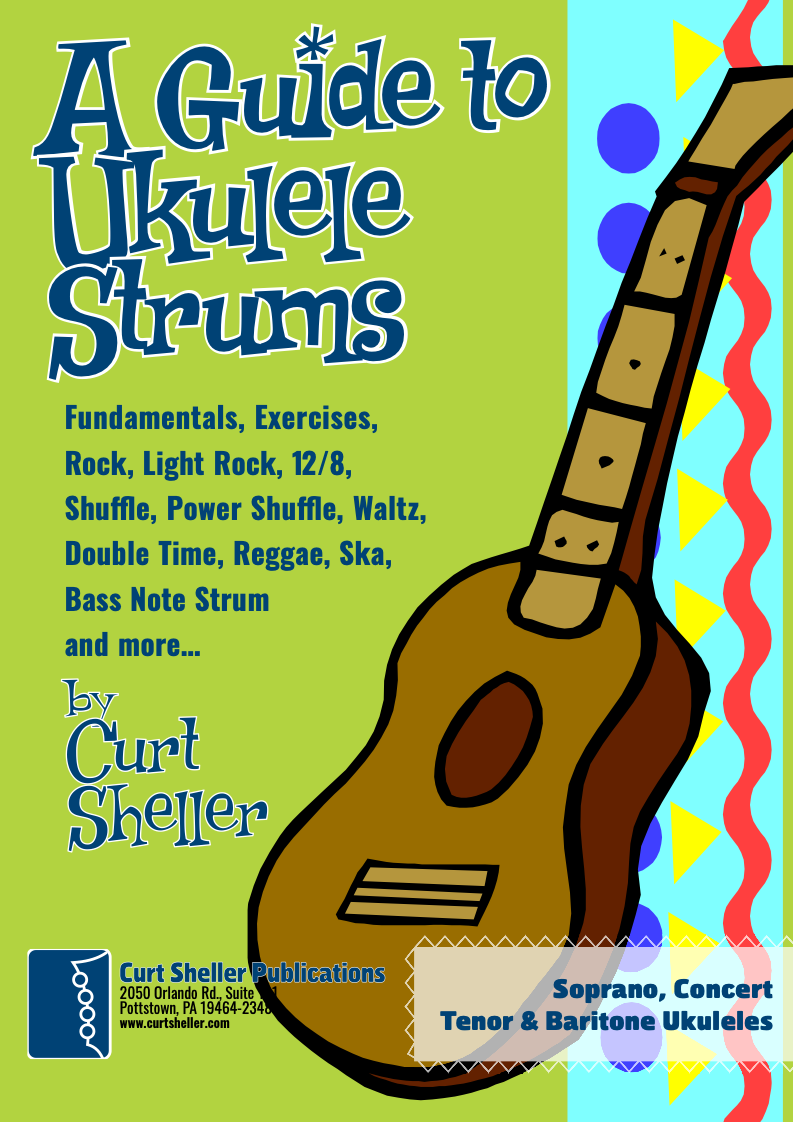Harmonic Analysis (RMA) Worksheet for the song: "Happy Trails".
Harmonic Analysis (RMA) Worksheet for the song: Happy Trails.
Happy Trailsis a song by Roy Rogers and his wife Dale Evans, known as the theme song for both The Roy Rogers Show on radio and The Roy Rogers Show on television, in which they starred. It was written by Evans and always sung by the duo over the end credits of those programs. (wikiwand)
Happy Trailswas released in 1952 as a 78 RPM and 45 RPM by Rogers and Evans with the Whippoorwills and Orchestra, on RCA Victor Records. It was re-issued in 1957 as a 45 RPM record on RCA Victor/Bluebird. Members of the Western Writers of America chose it as one of the Top 100 Western songs of all time. (wikiwand)

The Daily Ukulele— 365 Songs for Better Living book.











I7
( V of IV)
VI7
( V of II)
II7
( V of V)
As Happy Trails is a simple folk / country song simple Mixolydian scales for the 7th chord will do vs. alterted mixolydian scale a jazzer
might use.
VI7
( V of II)
II7
( V of V)
A Harmonic Analysis (RMA/HA) and its worksheet are intended to show the function of the chords, the harmonic principles used, the keys and tonalities the song explores. And, can be used for scale selections and chord and scale substitutions.
lead leadsheet.Minimal roadmap information such as repeats, fine, D.S., D.C., and codas has been used in preparing the worksheets to somewhat mirror the leadsheet in the Daily Ukulele book.
Yellow Book. You should start to recognize that 1st endings typically always return to a previous verse or an
 section. With a 2nd ending, a transition to a different part of the song, a
section. With a 2nd ending, a transition to a different part of the song, a  or chorus. Harmonic Principles are used for these repeats and transitions.
or chorus. Harmonic Principles are used for these repeats and transitions.- Happy Trails is in 4/4, Common Time and the Key of D . The original is in the Key of F , Tempo: 99 bpm
- Full Diatonic
- Partial Diatonic • Full Diatonic includes Secondary Dominant chords
- Chromatic
- Cycle

Contemporary Scales: Minor Pent: Minor Pentatonic, Pent: Major Pentatonic, Blues,
Scale/Mode Names: Ion: Ionian (Major), Dor: Dorian (Minor), Phrygian: Phrygian, Lyd: Lydian, Mix: Mixolydian (Dominant), Aeol: Aeolian (Natural Minor), Loc: Locrian


Addressing the D#dim and A+
- D#Dim (D# Fx(G) A C) • I would most like, as it is only two beats address the chord tones and lead to the A7.
- A+ • The only difference betweer A7 and A+ is the fifth of the chord: E in the A7 and E#(F) in the A+.
Related Lessons, Videos, Lesson Series, Songs, Books & Reference Charts, Resources & Assets, Workshops are below.

Harmonic Analysis ( HA ) is the process used to determine the harmonic function of chords within a chord progression. A chord progression is defined as a sequence of chords, each chord has a root and has a particular chord type. The relationship of a chord's root to a scale determines its function within that scale's tonality. Once a chord's function is identified, scale selections along with chord and scale substitutions can be made. This process is called Root Movement Analysis ( RMA ). This series of lessons are extracted from my book for use with individual private and on-line students. Each lesson directly corresponds the chapters in my book Harmonic Analysis for Scale Selection and Chord Substitution by Curt Sheller (me).

Harmonic Analysis (HA), also known as the study of chord relationships, is the method used to identify the harmonic role of chords within a chord progression or song. A chord progression refers to a sequence of chords, with each chord having a root note and belonging to a specific chord type. The function of a chord within a particular scale's tonality is determined by its relationship to that scale.

Harmonic Analysis is the understanding of the functional sequence of chords. It is the process used to analyze the harmonic structure of a progression, song or composition. This analysis is then used to make scale selections for improvisation and chord substitution.

Strum a different song every day with easy arrangements of 365 of your favorite songs in one big songbook! The Daily Ukulele features ukulele arrangements with melody, lyrics and uke chord grids and are in ukulele-friendly keys that are particularly suited for groups of one to one hundred to play and sing.

Learn a variety of strums and rhythmic patterns in wide range of musical styles. One of the first skills a ukulele player learns is the art and craft of strumming, playing rhythm. This refers to an accompaniment technique suitable for the singer, singer - songwriter or someone who plays a support role for another instrument.


return in your investment)—it is this— learning the
f*ckingnotes of your OWN instrument. Sorry for the tough talks—but it is sooooo true!


Learn to read single note melodies in the first/open position is a lot easier than you might think. Book: Ukulele – Reading Music Series – Primer

An organized collection of daily practice and reference material for the contemporary ukulele player for developing the vocabulary and knowledge necessary for single note playing. Book: Daily Practice Material for the Contemporary Ukulele
Checkout the Books & Reference Charts for additional Handy, Dandy Reference Charts.

Ukulele Fingerboard Chart for C Tuning, Low or High G – G C E A

Ukulele Fingerboard Chart for G Tuning, Low or High A – D G B E

A handy reference chart of all 15 major and relative minor key signatures. US Letter 8.5 x 11 sized (ANSI-A) , A4







.jpg)